Few years before the term CLONE (biotechnical Process of producing similar populations of genetically identical individual organism asexually) was invented by JBS Haldand from Greek term klon, referring to the process of creating new plant from a twing in horticulture. Latter first animal cloning was done by Roslin Institute in Scotland in 1996 producing a Sheep named “6LL3”. Modern science is so much proud in its outdated research that Dr. David Edwards, BIOs director of Animal Biotech claims “Cloning is the greatest achievement of century in recent evolution of selective assisted breeding in animals. To same science till now human cloning is the subject of mysterious research for all. But amazingly enough diminishing the achievement of modern science Both Human and animal cloning were so expertly mentioned in vedic Scriptures like Rig Veda, Bhagavad Mahapuranam, Mahabharata etc. Among which few we discuss here:
In Vedic era, animal cloning was done to multiply number of cows and horses. As mentioned in RigVeda, Rubhus are mentioned as brothers (Rubhu, Vajra and Vibhu) who brought youthfulness to their old parents and even managed to bring back their lost skills, Using ayurvedic recipes which recipes exist even today but is neglected. These same brothers even cloned a cow and a horse.
The first work of Rubhus was to bring back youthfulness to their old parents. This is mentioned in multiple verses of Rig Veda.
1-20-4 – With their exclusive power they made their old parents youthful again.
1-110-8 – They made their old parents full of youth again by their skill.
1-111-1 – Ingenious Rubhus prepared a chariot for Indra, prepared two powerful horses (2nd being cloned from 1st), made their old parents youthful again and gave new mothers to orphaned calves or children.
4-34-9 – Rubhus gave new life to their old parents, to Aswinai, to a cow and a horse.
The second work of Rubhus was on cows and their first step was to produce a cow which yielded copious milk. (RigVeda 1-20-3).
Probably cows in that generation did not yield enough milk and to meet the demand, cloning was done. They mention about a method where skin from cow’s back in taken and cells are multiplied from it to produce a new cow (named Viswaroopa) which looks alike.
Third work of Rubhus brothers was to produce two powerful horses. First they created a horse (named Hari) and presented it to Indra. Then they produced another horse which is a clone of Hari and now both were used to yoked to his chariot (1-161-7, 4-33-10).
Before cloning, Rubhus brothers have worked on living cells and their multiplication. Sun gave ‘Chamasa‘ with Amruta to Rubhus (1-110-3) and they divided it into four equal parts. ‘Chamasa‘ here can be considered as a cell and amruta (immortal thing) makes it a living cell. Rig Veda suggests a Chamasa having Chit or Chetana or Manas, so Chit-Chamasa means a living cell. A fertilized egg can be called as ‘Chit Chamasa‘. It was divided into four by Rubhus, which means Rubhus evolved four animals from a single zygote or fertilized ovum. During the experiment, eldest brother (Rubu) said, “we can make two cells from the original one” (4-33-5). However, the younger (Vajra) brother said, “We can make three” , because he observed that when one cell was divided into two, there were three cells. The youngest brother (Vibhu) observed and said , “ We can make four ”, as second cell also can be divided equally like the first. .(RV. 4-33-5). These four cells were separated by a superfine and sharp instrument (RV. 1-110-5) and grown in four separate vessels so that four animals came into existence. Twashta wanted to produce one animal, but Rubhus produced four animals from a single zygote or a fertilized ovum. Noticeable point here is that in 1996 when lamb was cloned it was in fact produced from udder of sheep, a part of skin similar to that of experiment conducted by Rubhus brother.
Next was human cloning, described in 4th canto 14 and 15 chapter of Srimad Bhagavad Mahapuranam on the story of King Vena. Vena, Son of great emperor Anga after becoming king who was severe and cruel by nature, became all-powerful with eight kinds of opulence. Consequently he became too proud. By virtue of his false prestige, he considered himself to be greater than anyone. Thus he began to insult great personalities. When he became overly blind due to his opulence, King Vena mounted a chariot and, like an uncontrolled elephant, began to travel through the kingdom, causing the sky and earth to tremble wherever he went. All the twice-born [brähmaëas] were forbidden henceforward to perform any sacrifice, and they were also forbidden to give charity or offer clarified butter. Thus King Vena sounded kettledrums throughout the countryside. In other words, he stopped all kinds of religious rituals. Therefore all the great sages assembled together and, after observing cruel Vena’s atrocities, concluded that a great danger and catastrophe was approaching the people of the world. When the great sages consulted one another, they saw that the people were in a dangerous position from both directions. When a fire blazes on both ends of a log, the ants in the middle are in a very dangerous situation. Similarly, at that time the people in general were in a dangerous position due to an irresponsible king on one side and thieves and rogues on the other. Thinking to save the state from irregularity, the sages began to consider that it was due to a political crisis that they made Vena king although he was not qualified. But alas, now the people were being disturbed by the king himself. Under such circumstances, how could the people be happy? The great sages, having thus decided to ask him to stop his mischief, approached King Vena. Concealing their real anger, they pacified him with sweet words.
But the king vena replied: O brähmaëas, you should abandon your envy of me, and, by your ritualistic activities, you should worship me and offer me all paraphernalia. If you are intelligent, you should know that there is no personality superior to me, who can accept the first oblations of all sacrifices.
The foolish King, who thought himself very learned, thus insulted the great sages, and the sages, being brokenhearted by the King’s words, became very angry at him. All the great saintly sages immediately cried: Kill him! Kill him! He is the most dreadful, sinful person. If he lives, he will certainly turn the whole world into ashes in no time. The great sages, thus manifesting their covert anger, immediately decided to kill the King. King Vena was already as good as dead due to his blasphemy against the Supreme Personality of Godhead. Thus without using any weapons, the sages killed King Vena simply by high-sounding words.
After all the sages returned to their respective hermitages, the mother of King Vena, Sunéthä, became very much aggrieved because of her son’s death. She decided to preserve the dead body of her son by the application of certain ingredients and by chanting mantras [mantra-yogena].
The sages decided that the descendants of the family of the saintly King Aìga should not be stopped, for in this family the semen was very powerful and the children were prone to become devotees of the Lord. After making a decision, the saintly persons and sages churned the thighs of the dead body of King Vena with great force and according to a specific method. As a result of this churning, a dwarf-like person was born from King Vena’s thigh. This person born from King Vena’s thighs was named Bähuka, and his complexion was as black as a crow’s. All the limbs of his body were very short, his arms and legs were short, and his jaws were large. His nose was flat, his eyes were reddish, and his hair copper-colored., they actually removed all the evil from his corpse’s thigh in the form of Bähuka from whom Nisadha race began.
Then they created Prithu next clone from his arm. The brähmanas and the great sages again churned the two arms of King Vena’s dead body. As a result a empowered incarnation of supreme personality of god head sri krishna, prithu and Archi (male and female couple) came out of his arms. This clone had similar body but however, mind was not cloned. So, a new King who was named ‘Prithu’ was created with pure mind who was fully realized of self and whose mind always was engaged in remembering the divine lotus feet of lord Sri Hari. He brought back Mother Earth (Bhoodevi) to her normal state and promised be her eternal guardian. This is why Earth is also known as Prithvi.
Noticable thing here is that from a villain king Vena, a good-natured Pruthu was cloned. Mind and intelligence depend upon the previous deeds or Karmas has no parallel in the modern science. The mental state was far different in the clone Pruthu than king Vena. This happened because the mind cannot be cloned. Body may be cloned because, as the RigVeda (1-161-9) says, the Prithvi, Teja and Apa Tattwas of the body cell can be divided and extended to form a clone. Mind, intelligence, false ego is above these three Tattwas and Soul is carried inside this subtle body which contains karma and this subtle body containing Karma cannot be cloned. After a body is formed, subtle body with soul enters in it to make it alive. This is explained by the theory of Panch-Koshas of Aaittiriya Upanishad.
The Anna-Rasa-maya Kosha i.e. the physical body can be cloned. After the formation of the Annamaya Kosha, the Pranamaya Kosha comes in it. Within this Pranamaya Kosha is present the Manomaya Kosha. Inside it is the Vijnanamaya Kosha and still inside is the Anandamaya Kosha. The Pranamaya Kosha with all the internal three Koshas comes from some other body after its death, and enters into a new body for rebirth.(Aitareya Upanishad 2 ) He has to pay for his past Karmas. Therefore even anyone is cloned bodily, his Pranamaya, Manomaya, Vijnanamaya and Anandamaya Koshas may not come in that cloned outer body; some other Pranamaya may enter in it, with his past Karmas and their fruits. Therefore there may be difference in the mind and intellect.
Similarly Vasistha and Agastya were test tube babies in modern scientific term because they were produced in tube named vasatiwara by mitra and varuna. (Rig-7.33.13) mentions that Agastya and Vasistha were born out of an urn called as ‘Pushkara’, from the semen of Mitra-Varuna. The word ‘Pushkar’ is formed of two components. ‘Push’ means to nourish and ‘Kara’ means to do. The urn, which nourishes or a vessel which has nourishing nutrient matter, is Pushkara. From such a Kumbh Agastya and Vasistha were born. They had no mother. They were developed only from a male. Modern science accepts theoretically that a sperm is fully genetic matter and so it can reproduce. An ovum contains nutrient matter.
Other achievements in cloning or test-tube baby in scriptures is found in Mahabharata. Duryodhana and his 100 brothers were cloned from the single flesh (Mamsa Pinda.) . The technique of division of Chamasa might have been used by sage Vyasa in producing 100 Kauravas and their sister Dusshala. Gandhari became pregnant naturally from her husband Dhritarashtra. However she did not deliver a child even after nine months were completed. By that time Kunti gave birth to a child named as Yudhishthira. Therefore Gandhari became angry because her son’s right to the throne was lost. Therefore, burning with anger, Gandhari aborted her foetus. In fact it was not a foetus, not a developed child; but a mole, a mass of living cells having no shape like a human child. As soon as the sage Vyasa heard about her abortion, he came immediately, took the aborted cell mass in possession and carried on further work over it. He divided that mole, This means that Vyasa dissected the mole carefully and found out normal living cells, which he kept separately in ‘Ghrita Kumbha’(घृत कुंभ). Ghrita Kumbha does not mean an ordinary pot of clay, filled with Ghee. ‘Ghrita’ means a nutrient medium supplying life energy, which was kept in a special Kumbha, a highly sophisticated urn. The normal living cells were implanted one each in a separate Kumbha. There were 101 cells. Those cells were grown separately in vitro, i.e. out of any living body, in Ghrita Kumbhas or nutrient urns. In due course children were born, 100 Kaurawas and their sister Dusshala. (Mahabharata, Adiparva, 115)
Normally, a fertilized ovum starts dividing. One cell divides in to two. Two cells divide to produce four cells and so on, till billions of cells are produced. In the initial stage, every new -born cell has a capacity to divide and re-divide till a full grown foetus forms. Rubhus took four- cell stage and produced four animals. However, Vyasa was not doing an experiment of cloning on one fertilized ovum. He had collected one aborted mass of cells, which contained some normal living cells. Out of these primary cells, Vyasa found 101 cells, which had a capacity to begin multiplication from the original stage. Therefore all the 101 cells developed in to 101 children. The modern science does not know up to what stage of multiplication the newly born cells have a capacity to multiply from the beginning so as to form a child. But from this experiment of Vyasa it appears that up to 128 -celled stage, each cell may have a capacity to begin multiplication anew to produce a child. It seems that Vyas found 101 living cells out of 128 cells. These cells may be termed as Stem cells of the modern science.
There are many more incidence like Lord shiva produced Biravhadra from his hair, the demon ‘Rakta Beeja’ or AhiRavana and Mahi-Ravana who produce Rakshasas(demons) who look like them from their blood drops in war. It must be cloning from the white blood corpuscles, which contain nuclei.
(published on Annapurna Post, Oct 6, 2106)
From the Book “Origin of Science”.
Views: 471






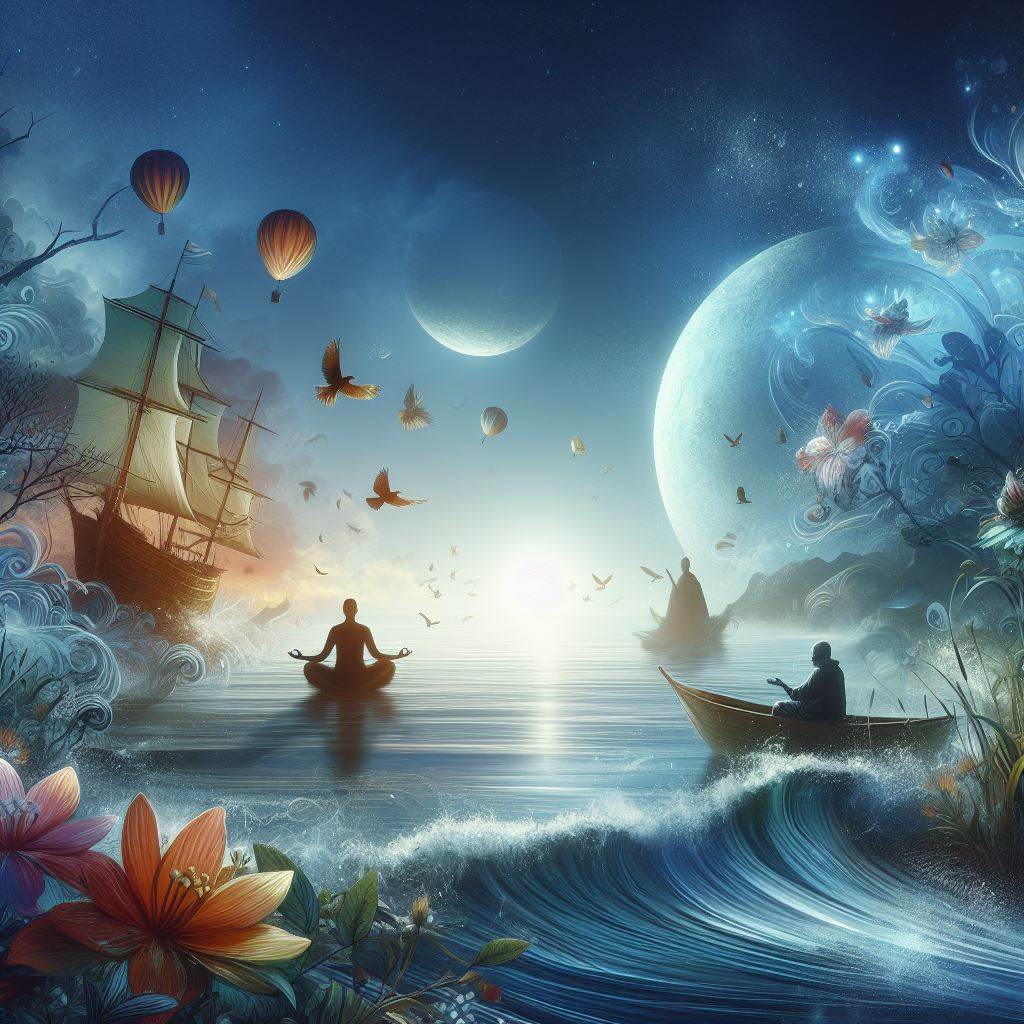








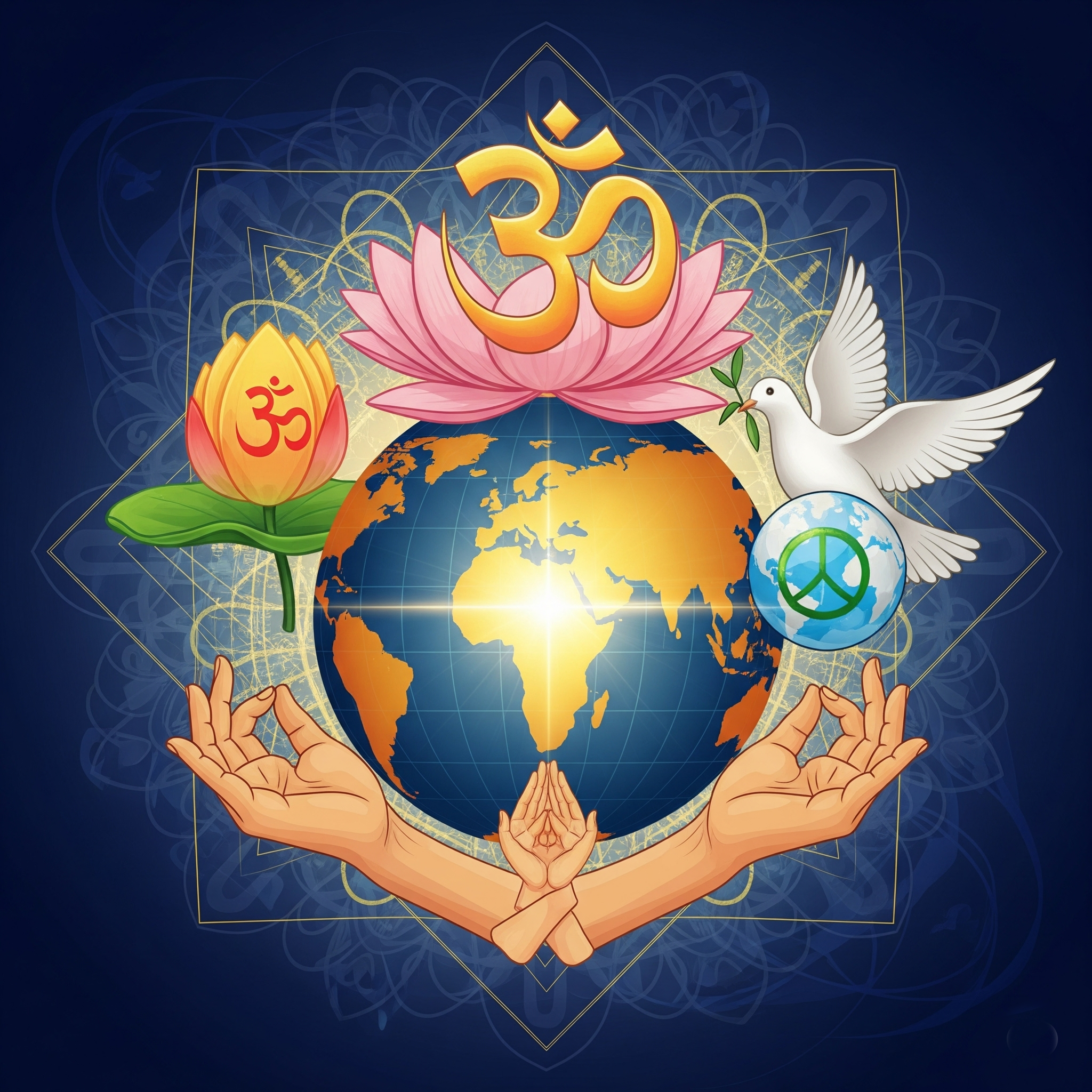



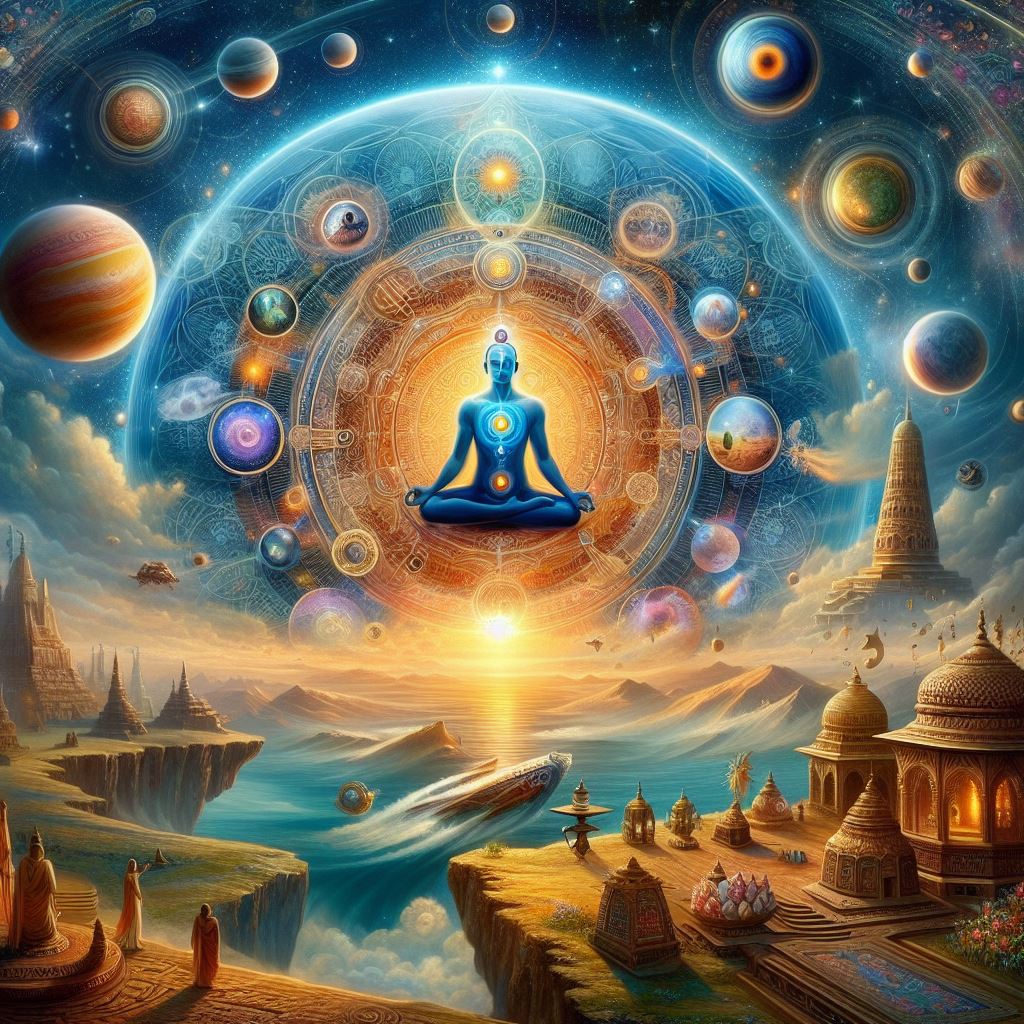
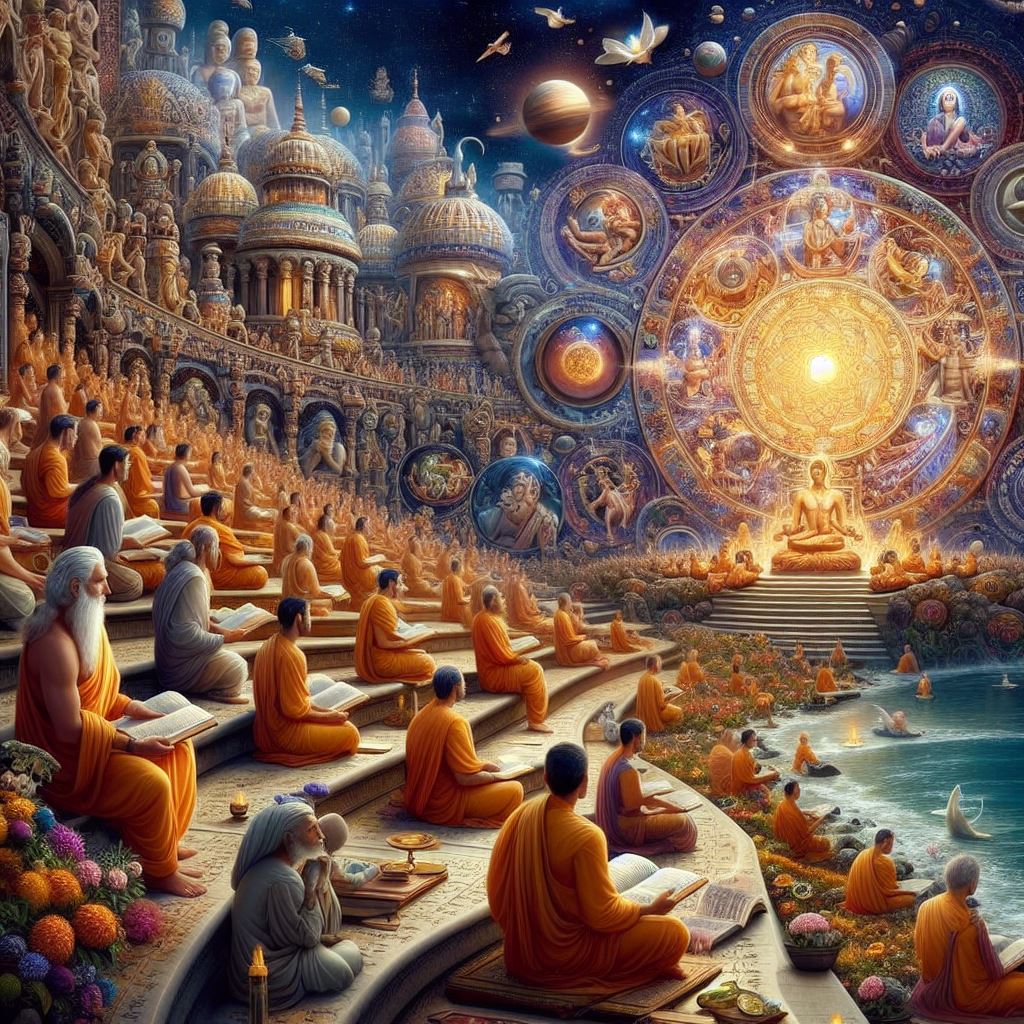




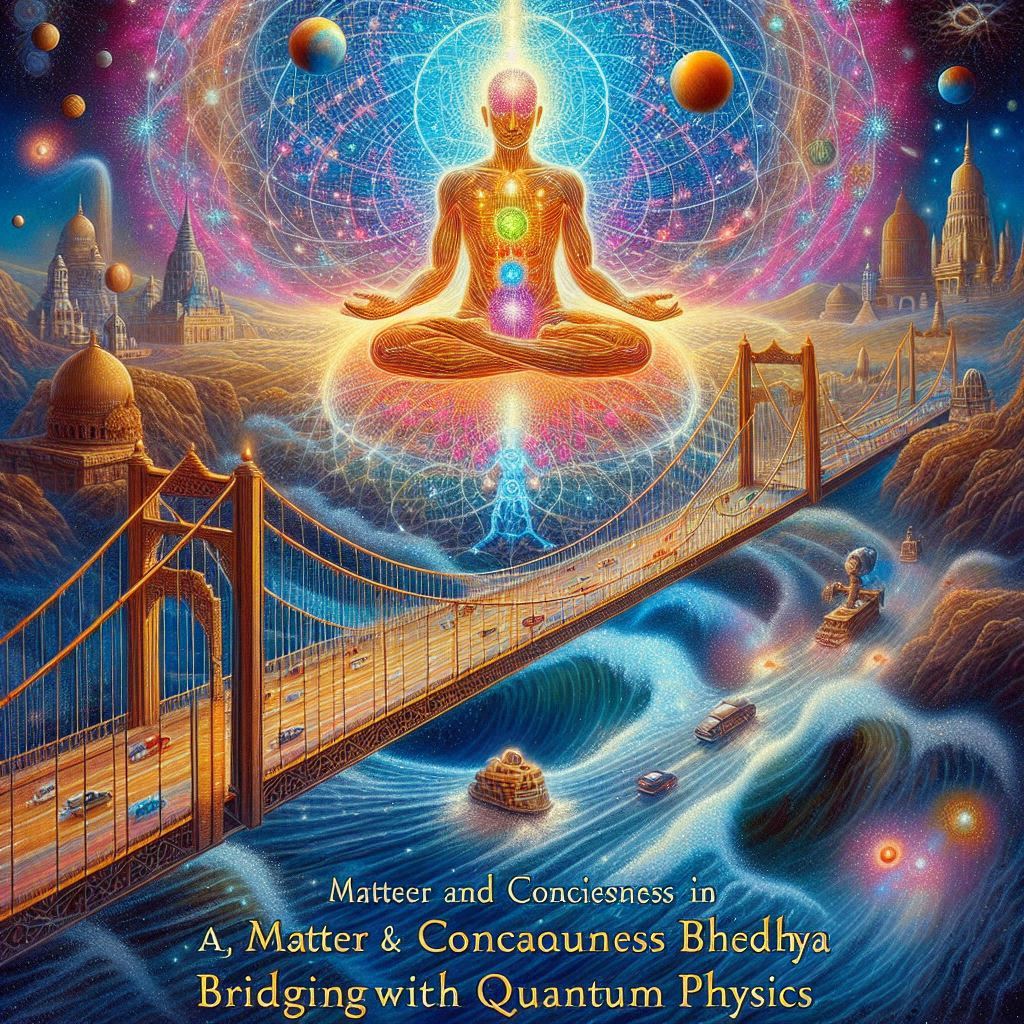





Origin of Science
The Psychospiritual Roots of Crime
Unveiling 54 Vedic Scientists
The Existence of the Soul: Exploring Neuroscience, Quantum Physics and Vedic Philosophy
Temporal Relativity in Vedic Literature: An Interdisciplinary Analysis of Time Dilation Narratives
Acharya Kaṇāda: The Ancient Sage Who Discovered the Atom
Evidence of Vedic Sanātana Hinduism as a Global Dharma
Perception of Quantum Gravity and Field Theory in the Vedas
String Theory as Mentioned in Veda
Sanskrit’s Role in Advancing AI: A Comprehensive Study
The Vedic Model of the Mind: A Contemporary Exploration
Vedic Contributions to Geometry: Unveiling the Origins of Mathematics
Matter and Consciousness in Achintya Bhedābheda: Bridging with Quantum Physics